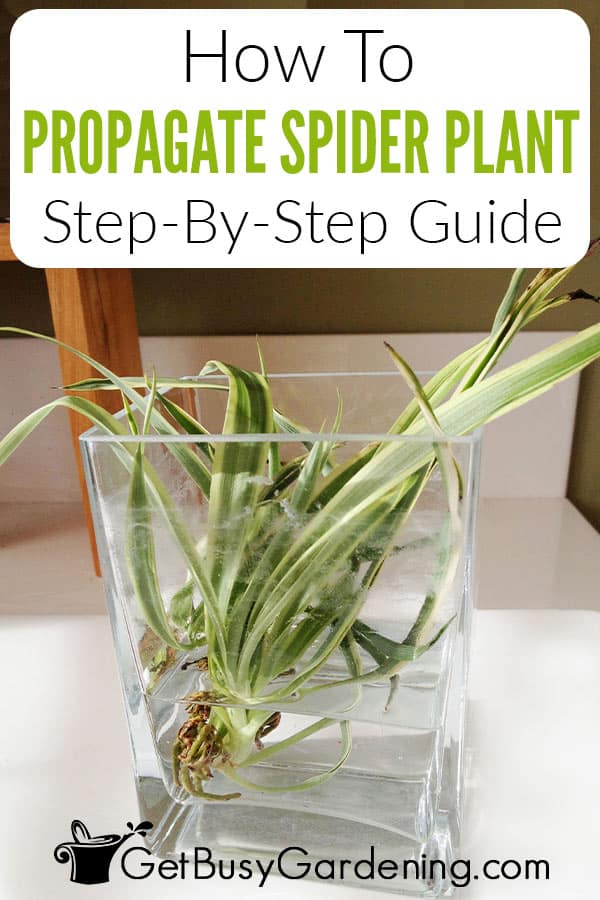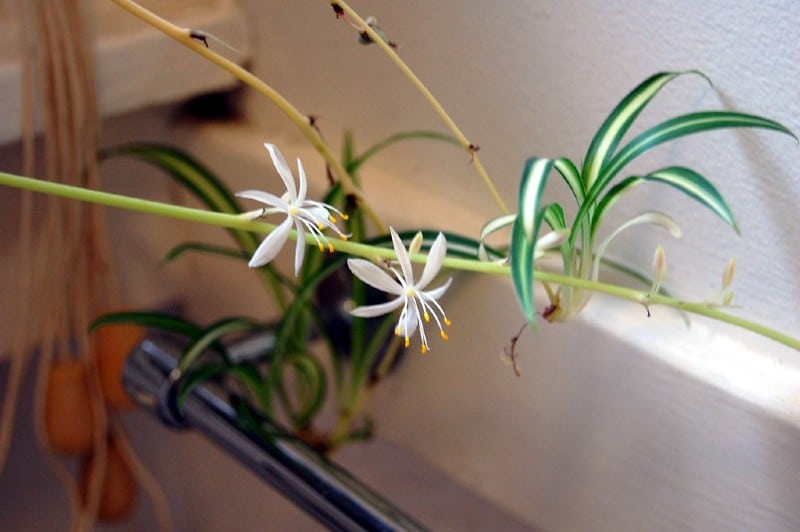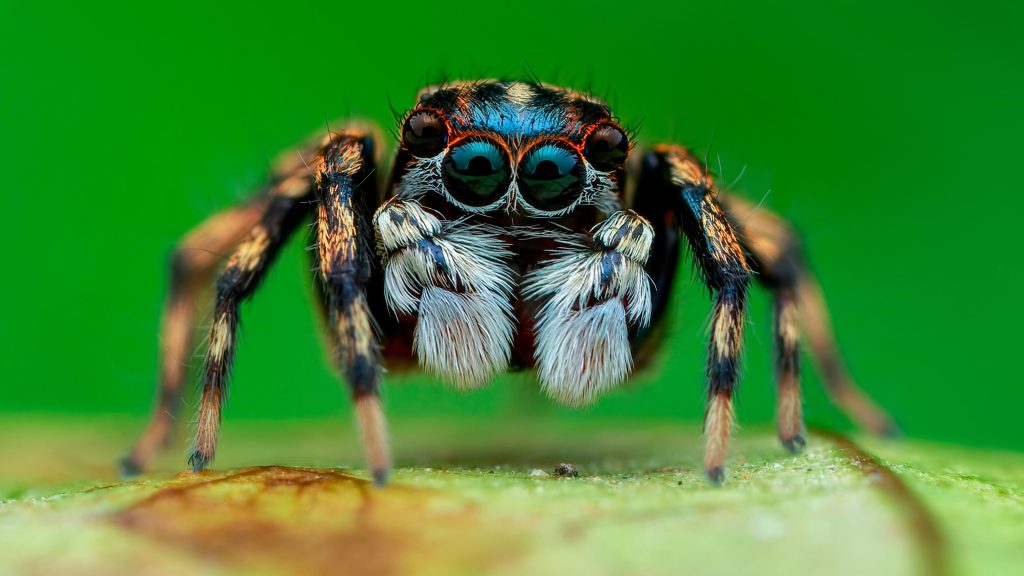Spider plants are one of the most popular and easy-to-care-for houseplants, known for their distinctive striped leaves and ability to produce “spiderettes” or baby plants. These spider plant babies can be easily propagated to grow more plants without spending money, making it a great project for beginners and experienced gardeners alike.
In this guide, we’ll walk you through the step-by-step process of propagating spider plant babies, covering different methods such as rooting in water, planting in soil, and even using layering techniques. Whether you’re looking to expand your collection or share these beautiful plants with friends, this article will provide all the information you need.
Understanding Spider Plant Babies
Spider plant babies, also known as spiderettes, are small offshoots that grow from the main plant on long stems. These offshoots have tiny roots and can be used to propagate new spider plants. The best time to propagate is when the spiderettes have developed some roots but aren’t fully mature yet.
If you’re wondering how to tell if a spiderette is ready for propagation, look for small root nodules at the base of the plantlet. If there are no roots yet, wait until they form before attempting to propagate.
Methods to Propagate Spider Plant Babies
There are several effective ways to propagate spider plant babies, each with its own benefits and challenges. Here are the three main methods:
1. Rooting in Water
Rooting spider plant babies in water is a simple and popular method, especially for beginners. Here’s how to do it:
- Step 1: Select a spiderette that has already started to develop small roots.
- Step 2: Cut the spiderette from the mother plant using clean, sharp scissors or pruning shears.
- Step 3: Place the spiderette in a glass or jar filled with water, ensuring that the roots are submerged but the leaves are not.
- Step 4: Change the water every few days to keep it fresh.
- Step 5: Once the roots are about 2-3 inches long, transplant the spiderette into a pot filled with well-draining soil.
This method is quick and allows you to watch the roots grow, but it can sometimes lead to weaker roots compared to soil propagation.
2. Planting in Soil
Planting spider plant babies directly in soil is another effective method that results in stronger, healthier plants. Follow these steps:
- Step 1: Choose a spiderette that has developed some roots.
- Step 2: Fill a small pot with a lightweight, well-draining potting mix.
- Step 3: Plant the spiderette in the pot, making sure the roots are covered with soil.
- Step 4: Water the plant lightly and place it in a location with indirect sunlight.
- Step 5: Keep the soil slightly moist until the plant is established.
This method is ideal for those who want to avoid the risk of transplant shock and prefer a more straightforward approach.
3. Layering
Layering is a technique where the spiderette remains attached to the mother plant while it roots. This method is great for those who want to propagate without cutting the spiderette off immediately.
- Step 1: Locate a spiderette that has developed some roots.
- Step 2: Place a small pot of soil next to the mother plant.
- Step 3: Gently press the spiderette into the soil, keeping it attached to the mother plant.
- Step 4: Keep the soil moist and allow the spiderette to root over time.
- Step 5: Once the spiderette has rooted, cut it from the mother plant and move it to its own pot.
This method is less invasive and can be a good option if you want to avoid damaging the mother plant.
Tips for Successful Propagation
To ensure the best results when propagating spider plant babies, follow these expert tips:
- Use clean tools: Always use sterilized scissors or pruning shears to prevent the spread of disease.
- Keep the environment warm: Spider plants thrive in warm, humid conditions. Consider placing the pot on a heat mat or in a warm room.
- Avoid overwatering: While it’s important to keep the soil moist, never let it become saturated. Overwatering can cause root rot.
- Monitor growth: Check the spiderettes regularly to ensure they are developing properly and adjust care as needed.
Common Issues and Solutions
Even with the best care, things can go wrong during propagation. Here are some common issues and how to fix them:
- Spiderettes won’t root: If the spiderettes aren’t forming roots, they may not be mature enough. Wait until they have developed some roots before attempting to propagate.
- Roots rot in water: If the spiderettes start to rot in water, change the water more frequently and ensure the leaves are not submerged.
- Transplant shock: Plants propagated in water may experience transplant shock when moved to soil. To reduce this, pot them up as soon as the roots are 2-3 inches long.
Frequently Asked Questions (FAQs)

Q: Can I propagate a spider plant from a leaf cutting?
A: No, spider plants cannot be propagated from leaf cuttings. They must be propagated from spiderettes, division, or seeds.
Q: Is it better to propagate spider plants in water or soil?
A: Both methods work well, but soil propagation often results in stronger, healthier plants. Water propagation is quicker but can lead to weaker roots.
Q: How long does it take for spider plant babies to grow roots?
A: In the right conditions, spiderettes can develop roots in as little as 2-3 days. However, it usually takes 2-4 weeks for them to be ready for transplanting.
Conclusion
Propagating spider plant babies is an easy and rewarding way to expand your collection of houseplants. Whether you choose to root them in water, plant them in soil, or use the layering method, you’ll find that spider plants are some of the most resilient and forgiving plants to propagate.
By following the steps outlined in this guide, you can successfully grow new spider plants and enjoy the beauty of these hardy, low-maintenance plants in your home. Plus, sharing your propagated spider plants with friends and family makes for a thoughtful and unique gift.
So why not give it a try? With just a little care and patience, you’ll soon have a thriving collection of spider plants to enjoy.
Meta Title: Propagate Spider Plant Babies – Easy Guide for Healthy Growth
Meta Description: Learn how to propagate spider plant babies with our simple guide. Discover the best methods for healthy growth and easy care.
Author: Jane Doe
Title/Role: Houseplant Expert & Gardening Enthusiast
Credentials: With over 10 years of experience in indoor gardening, Jane has helped countless plant lovers grow their collections. She writes for leading gardening blogs and hosts a popular YouTube channel focused on plant care and propagation.
Related Articles:
– How to Grow Delicious Tomatoes
– The Best Plant Propagation Tools
– Spider Plant Care Guide
Image Optimization:


Schema Markup:
{
"@context": "https://schema.org",
"@type": "Article",
"headline": "How to Propagate Spider Plant Babies: A Simple Guide for Healthy Growth",
"description": "Learn how to propagate spider plant babies with our simple guide. Discover the best methods for healthy growth and easy care.",
"author": {
"@type": "Person",
"name": "Jane Doe"
},
"datePublished": "2025-04-05",
"image": "https://example.com/images/spider-plant-babies.jpg"
}
Featured Snippet Optimization:
Propagating spider plant babies is easy and fun. Simply select a spiderette with roots, plant it in soil or water, and watch it grow. It’s a great way to expand your collection without spending money.
Call to Action:
Start propagating your spider plant babies today and enjoy the rewards of a lush, green space!











More Stories
US Trending News: The History and Legacy of Zoo York in Streetwear Culture
What Is Yodo Para Tiroides and How Does It Affect Thyroid Health?
Understanding ‘You Got That Right’ in The New York Times: Context and Implications